Take care of your sewing machine and it will give you years of creative pleasure. Here’s a list of sewing machine Dos and Don’ts (mostly Don’ts) that can lead to operating problems. These are things you already know but I’m writing this post to remind you how important they can be to the life of your sewing machine. Pay attention to these tips and you’ll easily prevent and/or avoid problems with your sewing machine.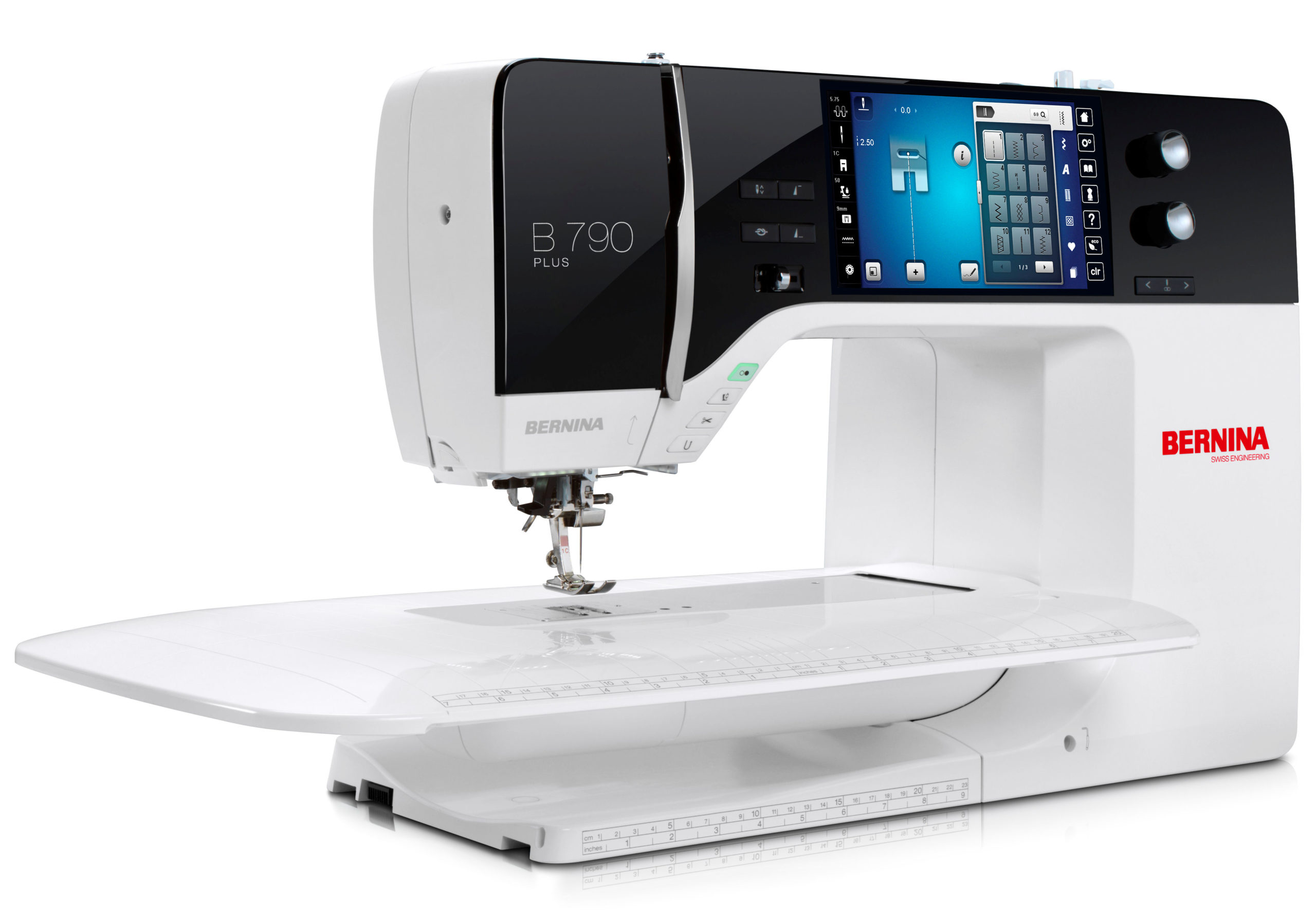
Don’t Clean It
Sewing machines should be cleaned on a frequent basis. Moving fabric and thread through your machine leaves lint and fuzz behind. How much lint depends on the type of fabric and thread you are using. Brushing it out regularly is the best way to keep it clean. Before cleaning the machine, un-thread it, remove the presser foot, and take out the needle to make more room for cleaning. Take off the stitch plate and remove the bobbin and the bobbin case. Use a brush such as a paintbrush or a make-up brush to clean the area around the feed teeth, under the stitch plate. Brush the bobbin and hook area free of lint and fuzz. Keep some tweezers handy to remove any pieces of thread caught in the machine.
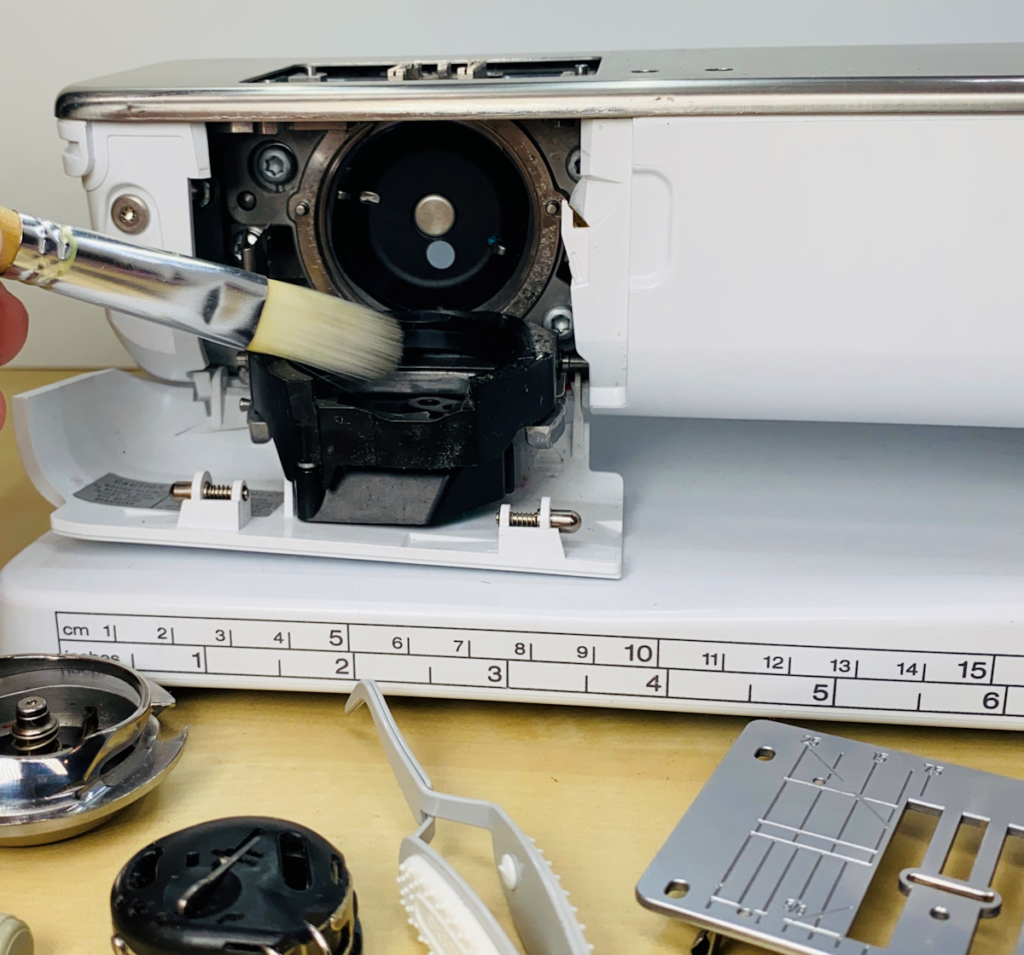
Don’t Oil It
If your quiet, smooth-running machine develops a noisy rattle as you sew, it’s time to oil! Your machine should be oiled according to the instructions in your owner’s manual using the specific oil recommended. Take care not to over-oil your machine. Note: Always brush the lint from your machine before oiling. If there is lint and fuzz in the machine, it will absorb the oil, acting as a glue that solidifies the lint and leaving your machine dehydrated.
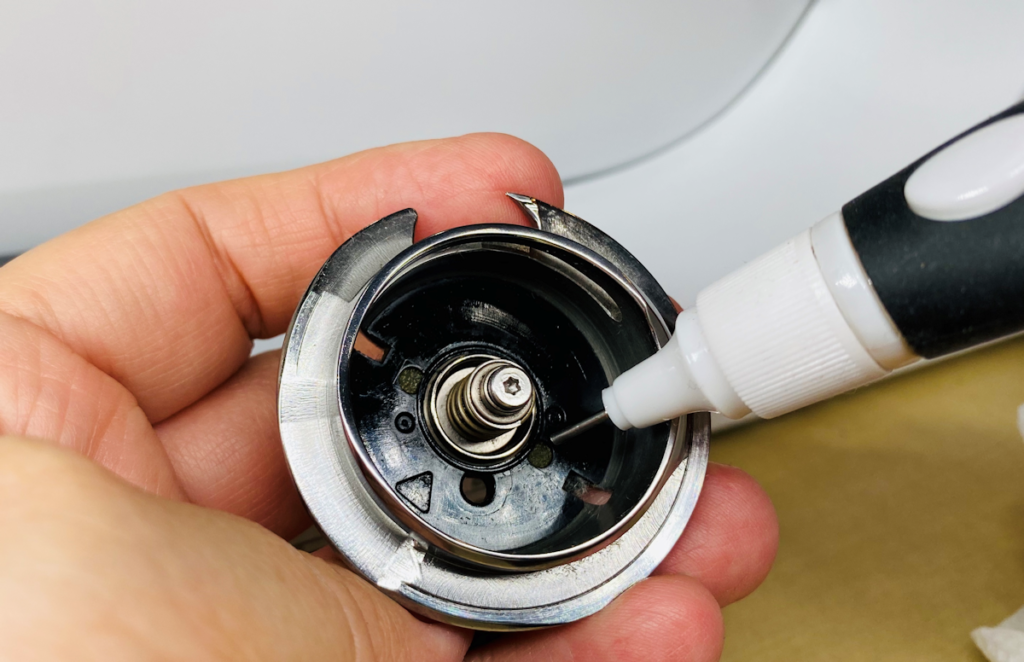
My sewing machine (shown above) is BERNINA model B 790 PLUS with a jumbo bobbin. If you have a jumbo bobbin machine and need help replacing the hook after you clean and oil it, click here for a previous post that shows you a trick that helps you easily put it all back together.
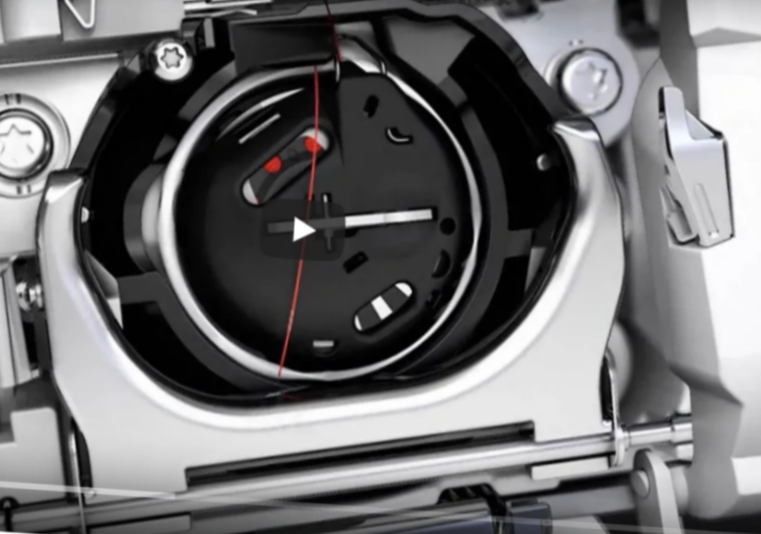
Do Use Canned Air (Not)
Blowing out the lint with canned air seems like a good idea, but the propellants in them have moisture that over time can degrade the metal in your machine. The same is true for trying to blow the lint out. The moisture from your mouth can have the same effect. So stick with the brushes or a small vacuum to remove the lint without damaging your machine.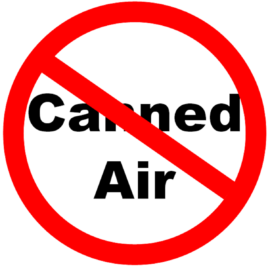
Don’t Have a Periodic Check-up
Even if you are meticulous about cleaning and oiling your machine, it still needs a professional check-up every 1-2 years. Factory-trained technicians take the covers of and use air compressors to clean the entire inner workings of the machine. They also check the moving parts and circuit boards, making any adjustments needed to keep it running smoothly. You’ll feel like you have a new machine when you pick it up!
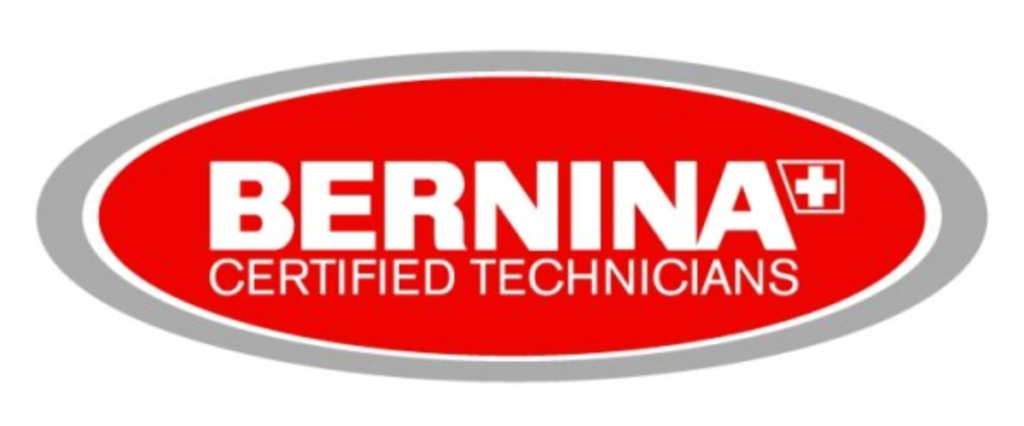
Don’t Find Broken Needle Parts
When a needle breaks, it’s obvious that you need to replace it. But what may not be obvious is that the broken part of the needle may have dropped down into the machine. Make sure you recover all parts of the needle because even as tiny as the broken point may be, it can become lodged in the wrong place and keep the working parts of your machine from moving as they should when you sew.
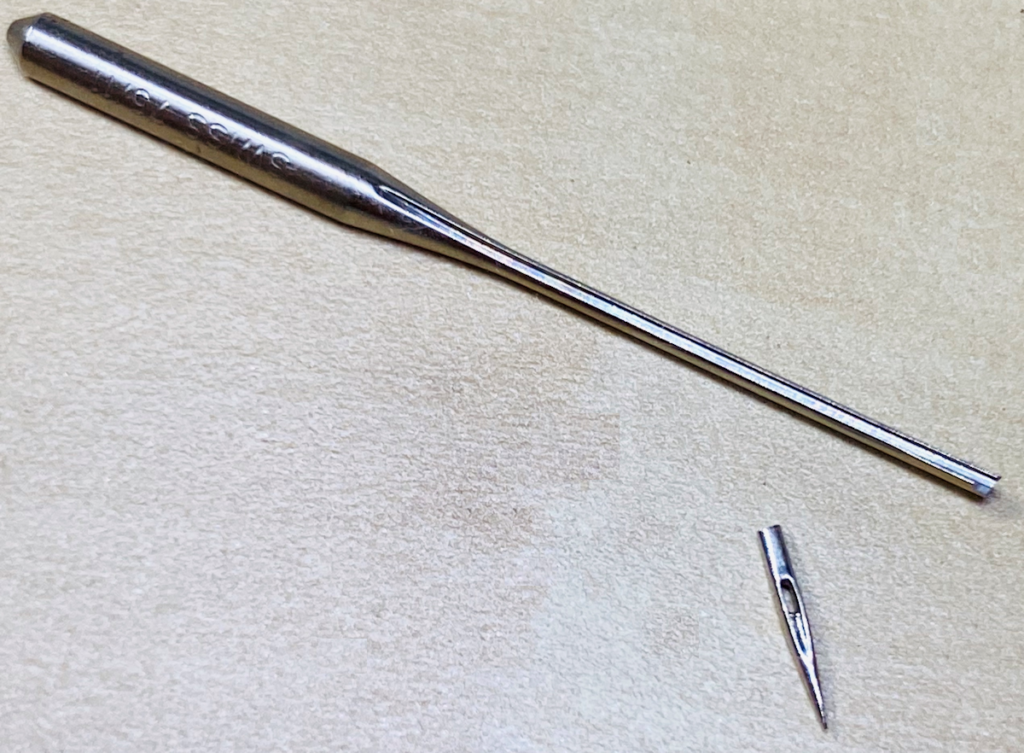
It only takes a few minutes to take care of your machine and you’ll love how it sounds and how it stitches so show your machine some love every chance you get!

